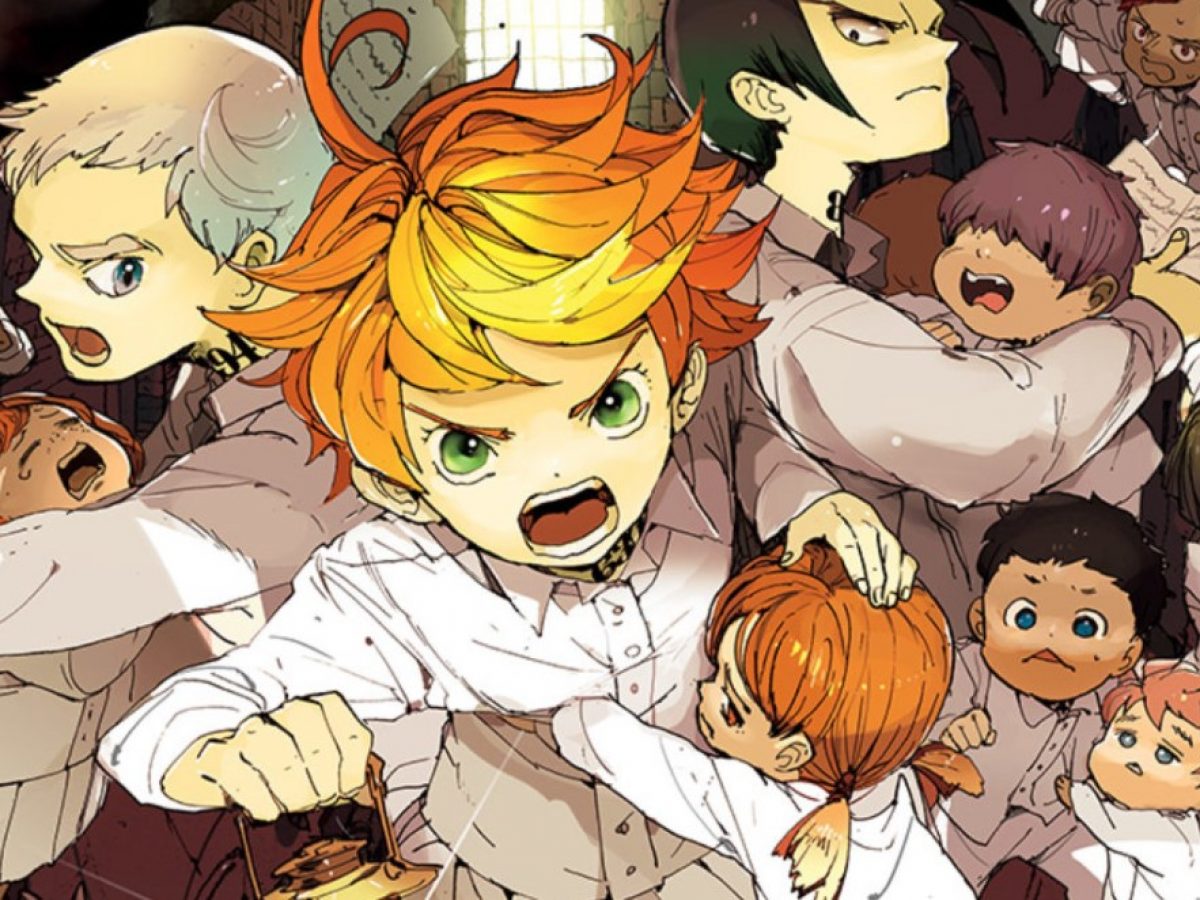

In the third episode, one of the kids starts playing a piano inside the bunker, and the camera lingers on for an extended sequence, building up tension with the assumption that the tune will attract an enemy - but it winds up opening a secret compartment in the wall. But fans took notice of how the show seemed to actively play with readers’ previous knowledge of the story before changing it. Now, adding or even rearranging characters and events isn’t necessarily a bad thing, like how the first season expanded the backstory of Isabella and her time preparing to become a Mama. Then episode 3 makes a series of fundamental changes to the story, removing the fan-favorite character known as “Mister,” who serves as a catalyst for major story arcs. For the first two episodes, The Promised Neverland seemed to be doing a good job of adapting the essential parts of the manga written by Kaiu Shirai and illustrated by Posuka Demizu, while quickening the pace. Season 2 picks up shortly after the end of the first, with our group of brave young kids having escaped the farm they lived on their entire lives thinking it was an orphanage. If it pulls it off, we may have a reverse Fullmetal Alchemist in our hands, a show that switches gears from a faithful adaptation to a successful original story that still captures the intention of the source material in a satisfying way. The first season of the popular horror anime The Promised Neverland did this too, but season 2 is making severe enough changes to be called something else entirely. Even adaptations regarded as faithful, like Hunter X Hunter and Fullmetal Alchemist: Brotherhood, still tweaked story beats on occasion. Any strong adaptation is bound to make polarizing changes.


 0 kommentar(er)
0 kommentar(er)
